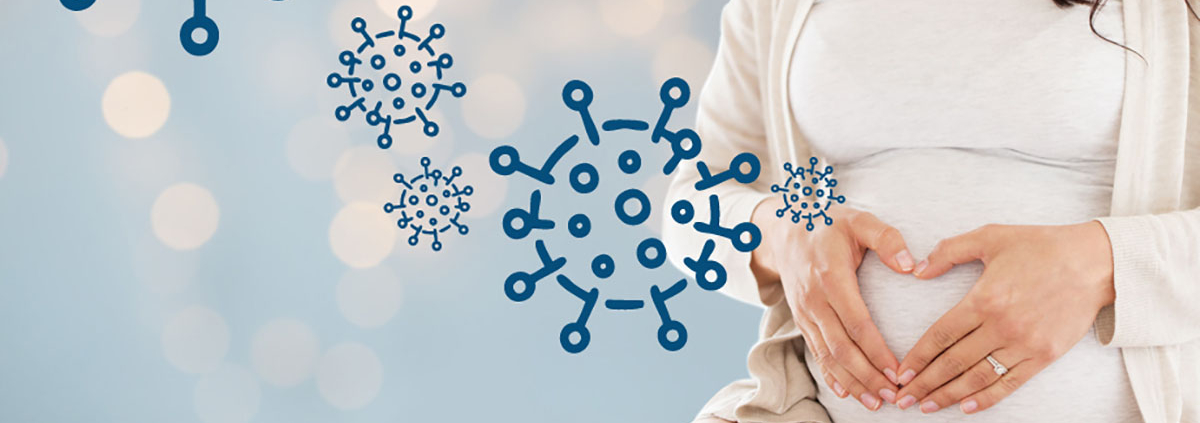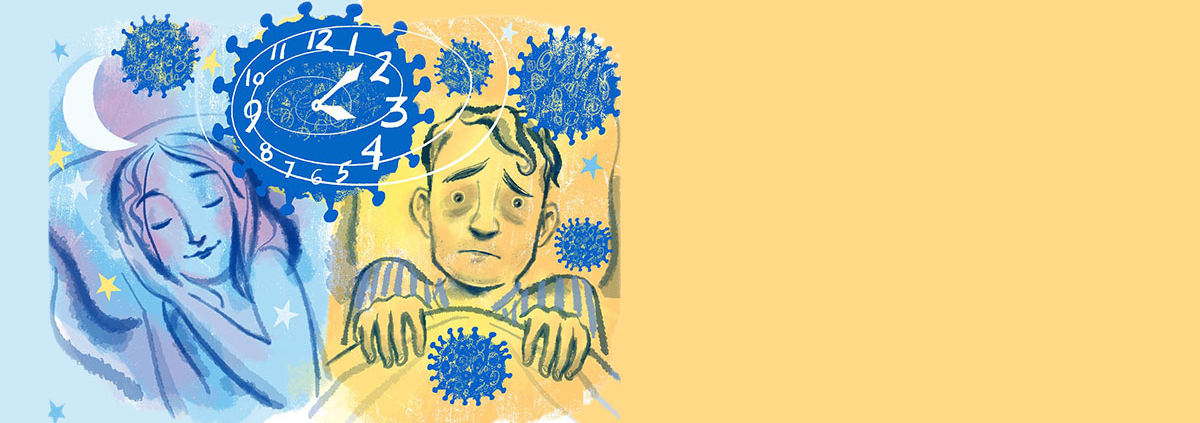Researchers at Children’s Hospital of Philadelphia (CHOP) have found elevated levels of a biomarker related to blood vessel damage in children with SARS-CoV-2 infection, even if the children had minimal or no symptoms of COVID-19. They also found that a high proportion of children with SARS-CoV-2 infection met clinical and diagnostic criteria for thrombotic microangiopathy (TMA). TMA is a syndrome that involves clotting in the small blood vessels and has been identified as a potential cause for severe manifestations of COVID-19 in adults.
To assess the role of complement activation in children with SARS-CoV-2, the Immune Dysregulation Frontier Program, including co-senior authors Edward Behrens, MD and Hamid Bassiri, MD, PhD and co-first authors Caroline Diorio, MD and Kevin McNerney, MD, analyzed 50 pediatric patients hospitalized at CHOP with acute SARS-CoV-2 infection between April and July 2020. Of those 50 patients, 21 had minimal COVID-19, 11 had severe COVID-19, and 18 were diagnosed with MIS-C. The researchers used soluble C5b9 (sC5b9) as a biomarker for complement activation and TMA. sC5b9 has been implicated as an indicator of severity in TMA after hematopoietic stem cell transplant; transplant patients with markedly elevated sC5b9 have increased mortality.
The findings were published in Blood Advances.
Release date: 08 December 2020
Source: Children’s Hospital of Philadelphia










